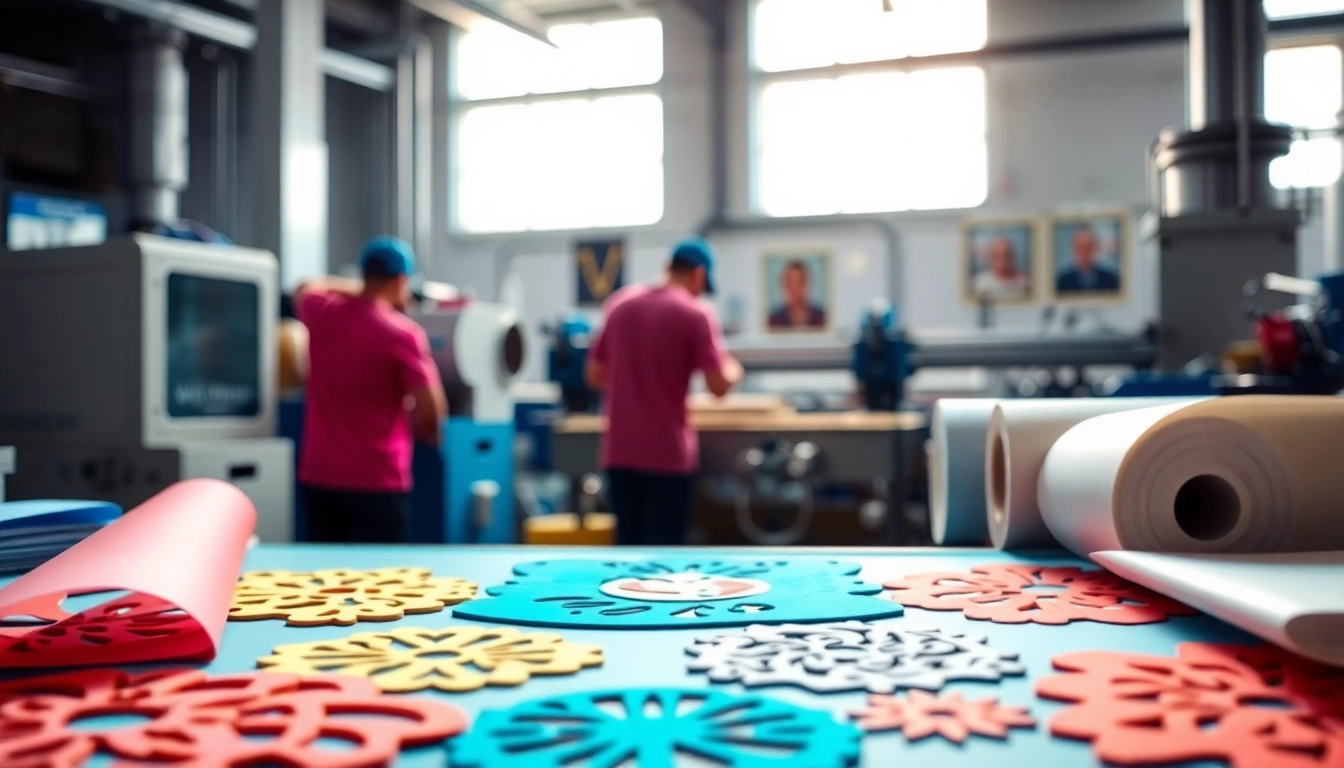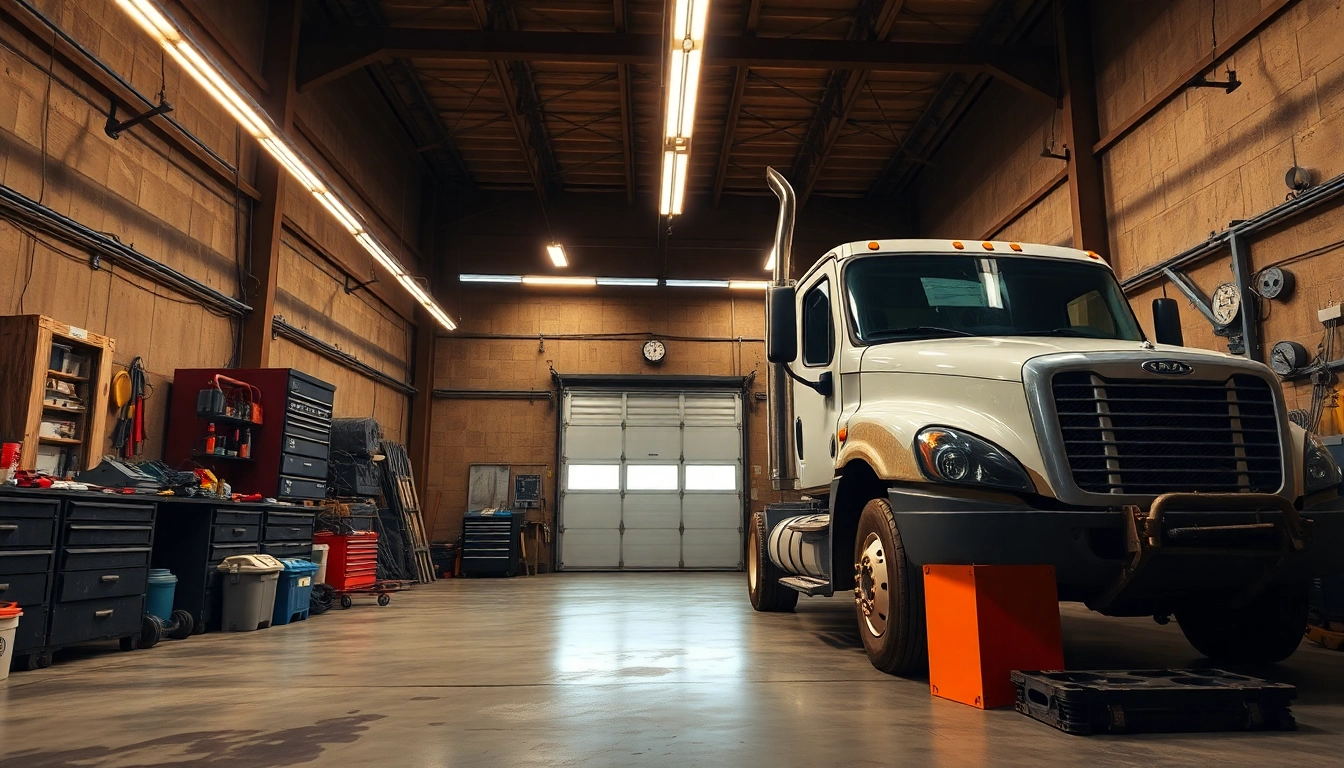Understanding Precision Die Cutting
Precision die cutting is a vital manufacturing process that encompasses a range of techniques designed to create specific shapes and patterns from various materials. This method is particularly valued for its accuracy, efficiency, and versatility in producing high-quality components in diverse industries. Whether you’re looking to create custom packaging, automotive parts, or intricate designs for promotional materials, precision die cutting stands at the forefront of modern fabrication techniques.
What is Precision Die Cutting?
At its core, precision die cutting involves using specialized tools known as dies to cut materials into desired shapes and sizes. The dies are typically made from hardened steel and can either be flat or rotary, depending on the method used. This process can handle a variety of materials including paper, cardboard, plastic, rubber, and metal, making it an adaptable solution for many applications.
The precision aspect of the die cutting process refers to the high level of accuracy achieved in creating intricate designs and complex shapes. This is essential in industries where components must fit together seamlessly or where aesthetics play a crucial role. Precision die cutting allows for tight tolerances, ensuring that the final products meet the specific requirements set by manufacturers and designers alike.
Key Techniques in Die Cutting
There are several techniques utilized in precision die cutting, each offering unique advantages and suited for different applications:
- Rotary Die Cutting: This technique uses a cylindrical die and is notable for its speed and efficiency, making it ideal for high-volume production runs. It is often employed in producing labels, packaging, and tapes.
- Flatbed Die Cutting: Utilized primarily for thicker materials, this method employs a flat die and is suitable for smaller production runs. It offers greater flexibility regarding the shapes that can be created.
- Digital Die Cutting: This relatively newer technology allows for bespoke designs using computer-controlled cutting tools. Digital die cutting eliminates the need for a physical die, thus reducing setup times and allowing for quick adjustments in designs.
- Kiss Cutting: In this process, the die only partially penetrates the material to provide a cut-out shape while leaving the backing intact. This method is widely applied in creating stickers and labels.
Comparative Analysis: Rotary vs. Flatbed Die Cutting
A critical consideration when choosing a die cutting technique is whether to use rotary or flatbed methods. Both have their merits, and understanding these can help manufacturers make informed decisions:
- Speed: Rotary die cutting is significantly faster than flatbed die cutting, making it ideal for large-scale production where time is of the essence.
- Material Thickness: Flatbed die cutting can accommodate thicker materials that rotary methods may struggle to cut effectively.
- Design Flexibility: Flatbed systems offer more flexibility in terms of shape complexity, while rotary systems excel in producing simple, repeatable designs efficiently.
- Setup Costs: Rotary die cutting usually involves higher initial setup costs due to the need for custom dies, whereas flatbed systems can be more cost-effective for smaller runs.
Industries That Benefit from Precision Die Cutting
Precision die cutting is utilized across various sectors, each benefitting from its unique attributes tailored to their specific needs:
Packaging and Product Protection
The packaging industry is one of the largest users of precision die cutting. Packaging components such as boxes, inserts, and fillers are often produced using precision die cutting methods to ensure durability and fit. Custom packaging solutions offer brands the opportunity to enhance product protection while also contributing to the overall aesthetic appeal of the product. Companies often choose die-cut designs that reduce material waste and improve sustainability in packaging—a growing concern among consumers.
Automotive Parts Manufacturing
The automotive industry leverages precision die cutting to produce a variety of components, including gaskets, seals, insulation, and dashboards. These parts require precise cuts to ensure they function properly and fit seamlessly within the vehicle’s design. The ability to create parts that adhere to strict automotive standards is pivotal, and precision die cutting technology plays a crucial role in meeting these demands efficiently.
Medical Device Production
In the medical sector, precision die cutting is essential for creating components that meet stringent regulatory considerations. Items like surgical instruments, medical packaging, and device components must often be manufactured to exact specifications to ensure effectiveness and safety. The ability to work with soft materials and to create complex shapes further underscores the value of precision die cutting in medical applications, where every detail matters.
Best Practices in Precision Die Cutting
Implementing best practices in precision die cutting can significantly enhance the efficiency and quality of the products being created. Here are some key strategies to consider:
Choosing the Right Materials
Selecting the appropriate materials for die cutting is crucial for achieving the desired results. Factors such as the material’s thickness, flexibility, and compositional properties will affect the cutting process and final product. For instance, in applications requiring high durability, using materials like high-density polyethylene (HDPE) may be advantageous, while softer materials might be suitable for less demanding applications.
Quality Control and Consistency
Maintaining quality control throughout the die cutting process ensures that products meet the required standards and specifications. Regular checks can be conducted at various stages, including material selection, cutting, and post-production handling. Implementing automated quality control systems can enhance consistency, especially in high-volume production runs, reducing the likelihood of human error.
Maximizing Efficiency in Production
To maximize efficiency in the precision die cutting process, manufacturers should evaluate their workflows and identify areas for improvement. Techniques such as workflow optimization, staff training, and the introduction of advanced machinery can significantly enhance productivity. Additionally, reviewing and optimizing machine settings based on material types and desired output can lead to improved cutting quality and reduced waste.
Innovations in Precision Die Cutting Technology
As technology continues to evolve, so too does the precision die cutting industry. Innovations are helping to enhance the capabilities of traditional die cutting methods:
Automation and Digital Die Cutting
Automation has become a game-changer in the die cutting landscape. By incorporating automated systems, manufacturers can achieve higher productivity levels with fewer errors. Digital die cutting is gaining traction for its ability to allow rapid prototyping and the production of small runs without the extensive setup times associated with traditional methods.
Environmental Considerations and Sustainability
With a growing emphasis on sustainability across all industries, precision die cutting is adapting by using eco-friendly materials and processes. Incorporating biodegradable materials and reducing waste during production are critical areas for development. Many companies are now prioritizing the sourcing of recycled materials and are seeking partnerships with suppliers committed to sustainable practices.
Future Trends in Die Cutting
Looking forward, we expect to see several key trends in precision die cutting. The increased integration of artificial intelligence (AI) in design and production processes will help enhance customization options. Additionally, the rise of on-demand manufacturing models signals a shift towards producing smaller batches tailored to specific customer requirements, paving the way for more personalized products. As the industry continues to evolve, staying abreast of these innovations will be crucial for manufacturers looking to remain competitive.
Case Studies: Success Stories in Precision Die Cutting
Transforming Designs into Reality
Numerous companies have successfully harnessed precision die cutting to transform innovative designs into market-ready products. For example, a packaging company developed an eco-friendly line of containers using recyclable materials and precision die cutting techniques. This solution allowed them to create custom shapes while minimizing material waste, leading to a sustainable product offering that resonated with environmentally-conscious consumers.
Lessons from Industry Leaders
Examining examples from industry leaders reveals valuable insights into effectively employing precision die cutting. A notable automotive manufacturer implemented a comprehensive die cutting strategy resulting in a 20% decrease in part costs and a 30% reduction in production time. This success was largely attributed to improvements in die design and process optimization paired with targeted training for staff.
Measuring Success and ROI
To gauge the effectiveness of precision die cutting investments, organizations should establish key performance indicators (KPIs) aligned with their business objectives. Metrics such as time to market, production volume efficiency, and material waste rates can provide insights into the financial impacts of the die cutting processes. Regular analysis of these metrics can help guide future business strategies and investments.



